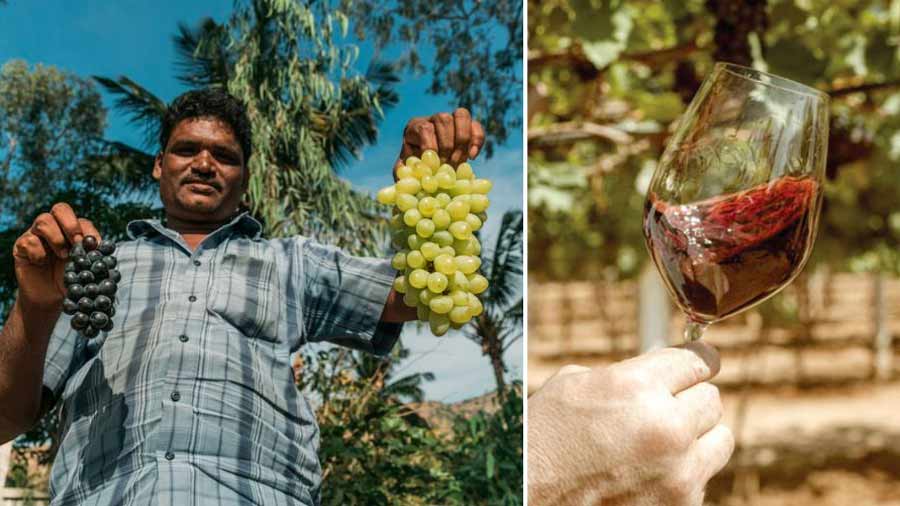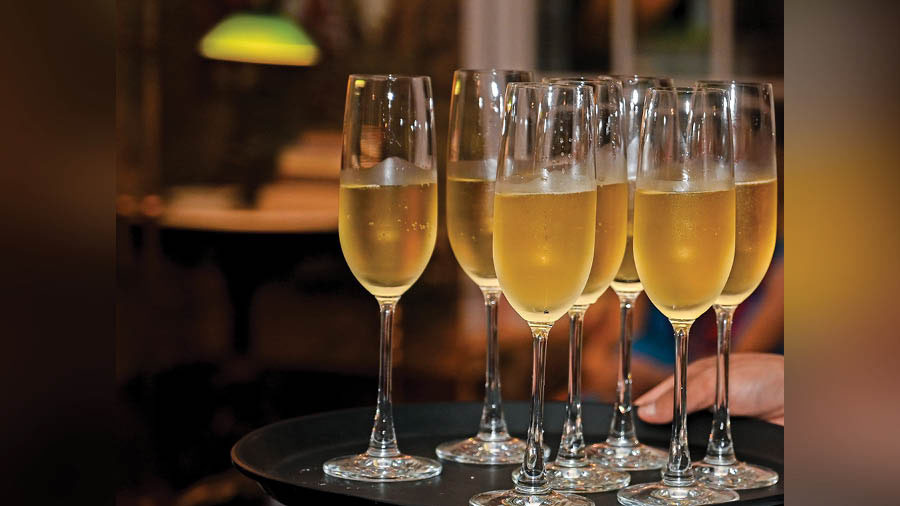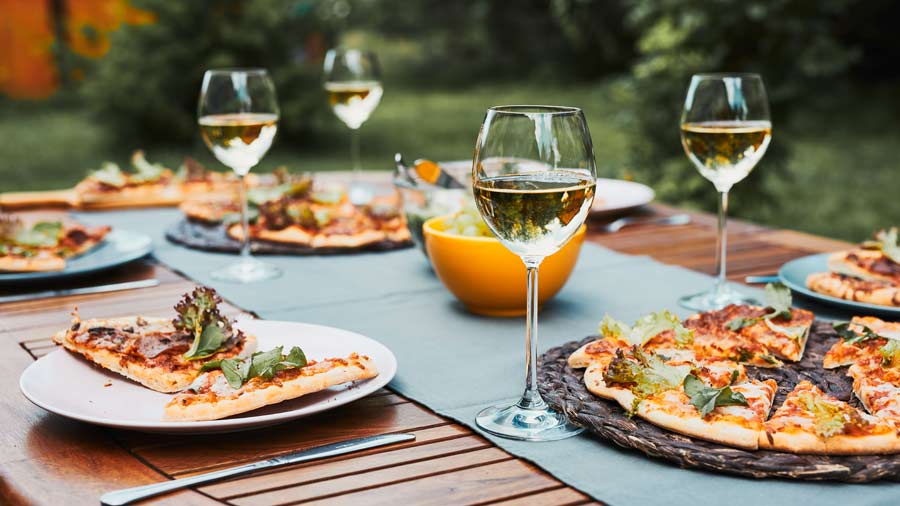Picture this. You’re at a rooftop restaurant, the wine sommelier uncorks a wine. You nod your head in approval and ask her where the wine is from. She points to the hills in the distance. This is a scene that can only play out in one big city in India — Bengaluru.
I’ve experienced this moment twice at Falak, Leela’s new brand for immersive Indian dining that made its debut at the Leela Bhartiya City in Bengaluru. When I first dined here in late 2021, it was a few days away from its official launch. It’s one of Bengaluru’s most romantic dining venues, with the Nandi Hills in the distance. I was back again in October this year and there was one big difference. The local wine that showed up on my table is a label that the hotel developed in association with Grover Zampa Vineyards.
I’ve spent almost every summer through my school vacations in Bengaluru and if there’s one thing that I love about the city, it’s the variety of holiday options that are within driving distance. Within a six-hour drive from Bengaluru you can choose beach destinations like Mangalore or Puducherry, hill stations like Coorg or Ooty or historic destinations like Hampi or Belur. Yet a lot of those regular ‘roadies’ would have never guessed that just off the road to the new Bengaluru airport and about two hours from the city lie some of the country’s most legendary vineyards.
Bengaluru might be India’s unofficial beer capital and coffee capital (where else can you sip a south Indian filter coffee or discuss subtle nuances of coffee-making techniques with coffee snobs at one of the many roasteries), but the city’s wine credentials tend to be overshadowed by Bengaluru’s ever expanding craft breweries and cafes. Nashik has become one of India’s most popular oeno-tourism destinations, but the country’s modern wine story unfolded near Bengaluru in the 1980s when Grover Vineyards first planted 33 different grape varietals that eventually led to the founding of the iconic La Reserve brand in the 1990s. A lot more local brands have joined the fray.
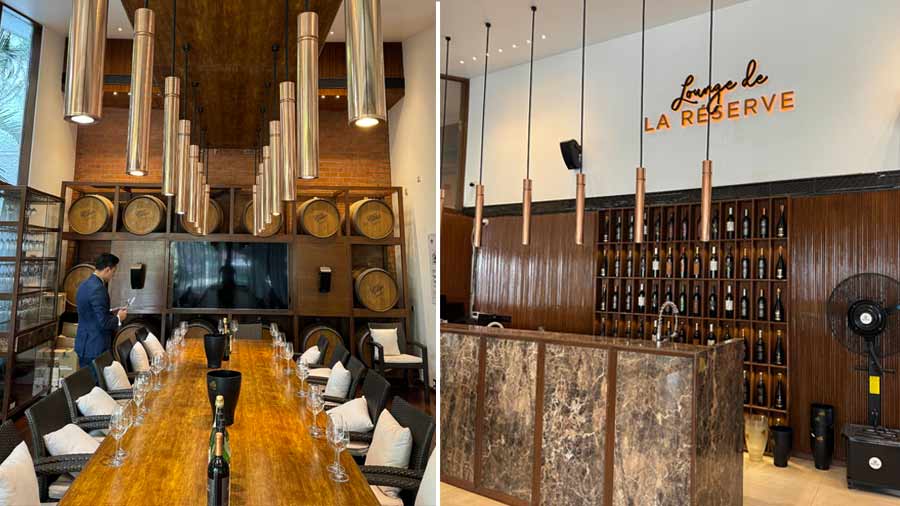
Grover Zampa’s La Reserve label winery Ashwin Rajagopalan
India’s viticulture industry dates back to the Indus Valley Civilisation with grapes that are believed to have been sourced from Persia. The Portuguese and the British encouraged wine-grape production when they colonised the nation but a phylloxera louse in the late 19th century destroyed most of the crops. Public pressure and eventually independent India’s moves towards prohibition nipped the industry in the bud. Most of the wine-grape cultivations turned to table grape production. However, the late 1980s and the 1990s saw an increase in demand for wine among Indians. Grover Vineyards unveiled its first vintage in 1992. The company used the consulting services of one the world’s best known wine experts, Michel Rolland, and launched the iconic La Reserve label in the late 1990s.

The Grover Zampa vineyard Grover Zampa Vineyards/Facebook
I walked through the same vineyard near Dodballapur in the Nandi Hills that now produces wine grapes for the Falak label, more than three decades after Grover’s first vintage was launched. There are discovery platforms like Bangalore Wine trails, and wine tour companies that organise structured wine tours in the Nandi Hills area and also Cauvery valley region near Mysuru. Factors like the dry landscape, high day-time temperatures and low night-time temperatures, and the ideal altitude of about 900 to 1000 metres above sea level make the Nandi Hills area perfect for viticulture. Many people who call Bengaluru home will be surprised to know that the city’s elevation — 920 metres — is among the highest for any Indian metro.
After a quick walk through the vineyards in the area, it was time to head back to the Grover Zampa Winery for a crash course on wine making. The process is different for red and white wines. While red wines are fermented on their skins, white wines are pressed separating juice from skins before fermentation. This is the key reason why red wines are rich in antioxidants. Once the fermentation is complete, wines are shifted to large oak casks or stainless-steel containers for the maturation process. The bottling and labelling process then follows. It could take four to five months for the grape-to-bottle process.
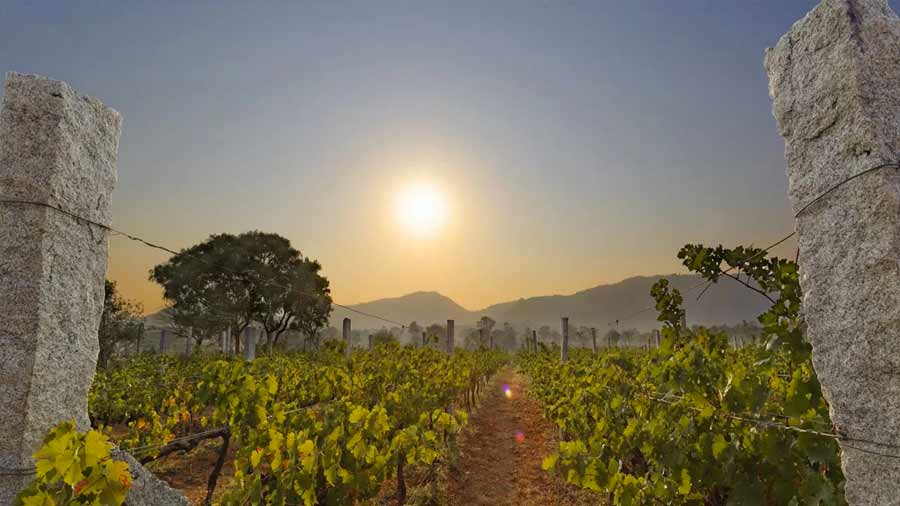
SDU winery’s vineyards Courtesy SDU winery
It’s not just Grover Zampa Vineyards, the Nandi Hills are also home to the SDU winery headed by Shaambavi Hingorani that has benefited from the expert advice of Italian wine maker Andrea Valentinuzzi. There’s also Big Banyan wines. All these companies offer tours that include a peek into the wine making process as well as wine tasting and pairing menus for an extra cost.
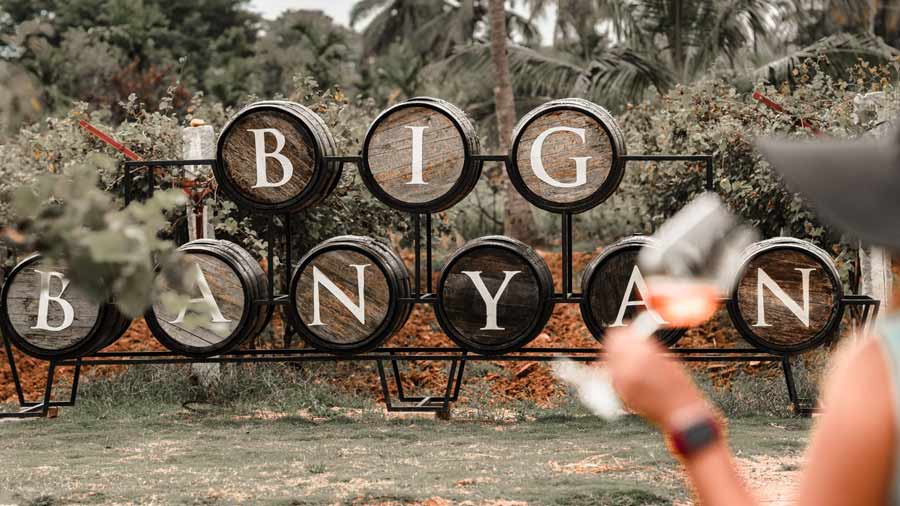
Big Banyan vineyards Courtesy Big Banyan
After spending the afternoon at the Grover Zampa Vineyard and tasting room, I was back at The Leela Bhartiya City. The Leela has developed two wines as part of its Falak label – a young Chardonnay and a Cabernet Shiraz that have both been aged in oak wood barrels. It was the Chardonnay that was my sundowner as I saw the sun set with views of the hills far away. At a time when ethical sourcing and carbon footprints dominate food and drink discussions, it’s great to see more hotels and restaurant brands make the best of local offerings. But not all cities in India can boast of Bengaluru’s wine heritage.
